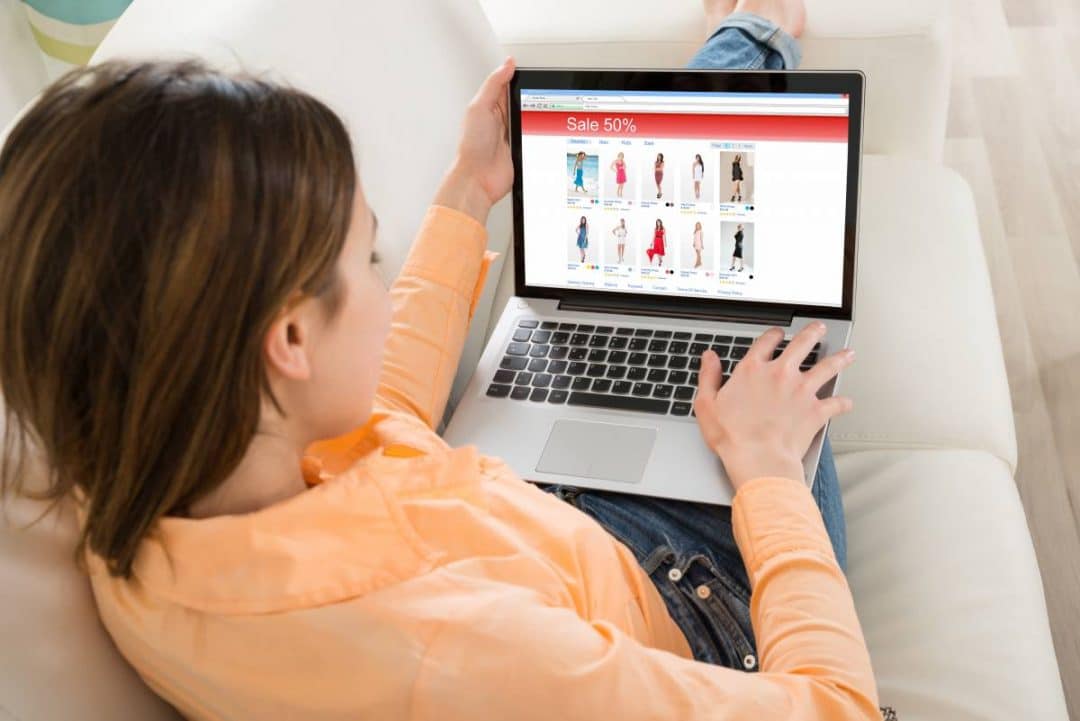How valuable are online product recommendations?
Imagine you are looking to buy a shirt on Macy’s website. When you visit the page of a shirt that you like, Macy’s recommends several related shirts to you on the same page. While you now can see more options for potential purchase, are you less likely to buy the original shirt you were looking at because of these recommendations?
Every major e-commerce site uses product recommendations. According to McKinsey&Company’s retail report, 35 percent of what consumers purchase on Amazon and 75 percent of what they watch on Netflix come from product recommendations based on sophisticated predictive algorithms.

“These estimates are hard to believe,” said Kumar. “They seemed inflated, in fact.”
He points out two reasons for the inflation in these estimates. First, most recommendation algorithms identify products to recommend based on how frequently they are viewed or purchased together by a majority of consumers. Because of this, customers are most likely either already aware of or can easily discover similar products without recommendations.
Second, most e-commerce websites offer sophisticated search and browsing tools that help consumers easily find products without recommendations. Therefore, attributing sales of those products to recommendations that consumers are already aware of or could easily discover with other tools on the retailer’s website is not correct.
To quantify the economic value of product recommendations after controlling for these factors, Kumar designed the first known large-scale experimental study of a major fashion retailer’s website. In this study, he looked at real customer behavior: what shoppers looked at, which recommendations they clicked on and what they ultimately purchased. He compared that data to a control group of shoppers on the same website who didn’t receive any recommendations.
By evaluating more than two million product page views from nearly a million visitor sessions, he found that recommendation systems do increase overall sales, but not nearly as much as previously reported.
In the study forthcoming in Information Systems Research, coauthored with Kartik Hosanagar of the University of Pennsylvania’s Wharton School, Kumar finds that recommendations increase the sales of recommended products by nine percent but at the expense of a 1.9 percent decrease in sales of focal products, or the original products consumers viewed. Overall, product recommendations boosted product sales by 11 percent – a more believable number than previously found.
Kumar also found that recommendations didn’t affect all products alike. More popular products that were linked to lots of other products got more of a boost, while less-popular products actually had worse sales with recommendations.
Kumar’s findings inform the recommendation strategies of retailers and marketers, which can not only boost their bottom lines, but increase customer satisfaction by helping them find the products they want amidst the tens of thousands of available alternatives.
Kumar suggests the following strategies for retailers and marketers to get the maximum value out of product recommendations:
- Sponsored recommendations – Marketers should pay to place their products on a related popular product’s webpage, such as on a popular product’s page on Amazon.
- Regulate recommendations – Retailers should withhold recommendations in later consumer sessions when they are close to making a purchase to avoid distracting them.
- Selective promotions – Retailers should selectively offer promotions for products that are recommended on a lot of other product pages to magnify the effect of promotions.
- Personalized recommendations – Retailers should tailor product recommendations to include the personal preferences of individual consumers.




